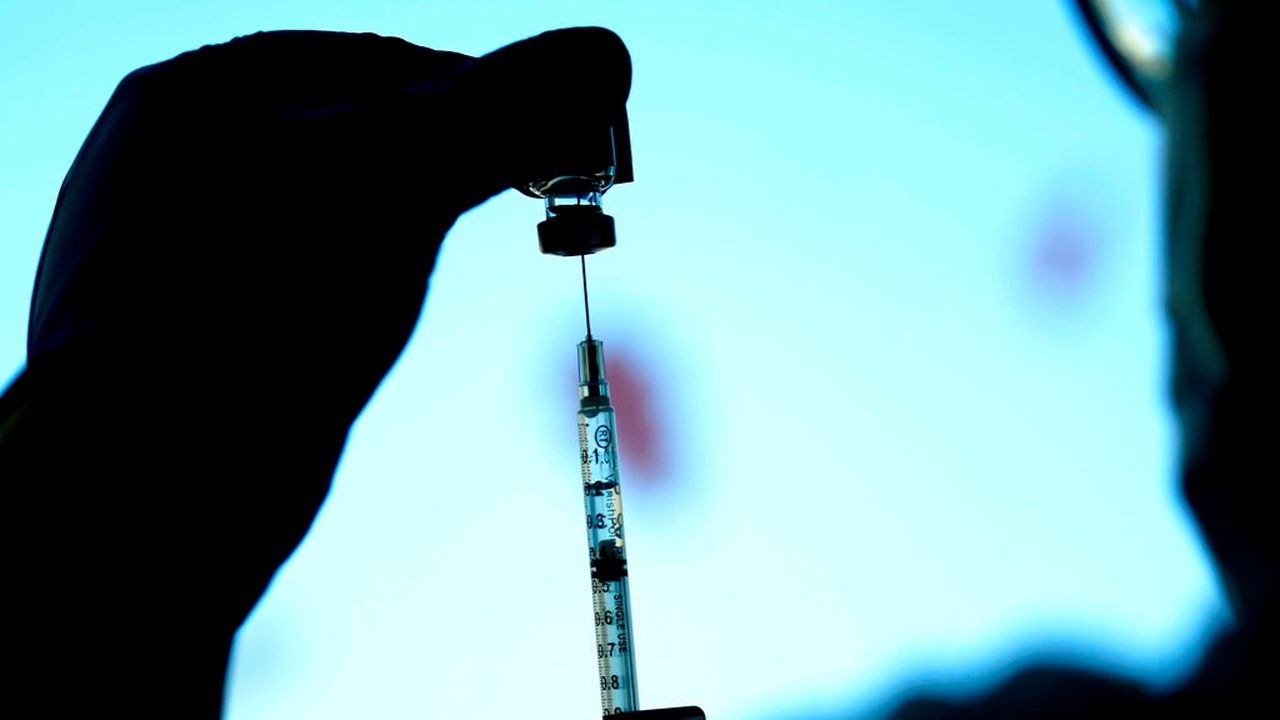Are new boosters the answer to Alabamaâs rise in COVID hospitalizations?
Alabama remains in a late-summer mini-surge of COVID-19, but masking might not be the solution, according to one of the top doctors in the state.
“I wouldn’t recommend [masking], but if you are at a high risk, it certainly makes sense,” Dr. Donald Williamson, head of the Alabama Hospital Association, said this week.
He also said that if you are going to wear a mask, it needs to be the right kind, either an N-95 or KN-95. But the more important thing, he said, was keeping up to date with COVID vaccination.
But that’s more complicated than it may seem, especially right now, as Alabama deals with an uptick in hospitalizations likely caused by the latest dominant strain, nicknamed Eris.
“[Immunocompromised] people, do they get boosted now, or do they wait for a month and get the new booster?” Williamson said. “For most people, waiting for the new booster makes the most sense, because it’s probably going to provide more protection than the current booster. But for some people, they may want to talk to their primary care physician about whether they need to get the current one sooner.”
The Advisory Committee on Immunization Practices is set to meet next month to determine whether a new type of COVID booster – one specifically designed for the newest strains – should be made available. Williamson said we’re likely to see the booster available some time in September, and the CDC has targeted this fall as the expected date for a new booster.
Alabama remains one of the least vaccinated states in the nation, with just 8.1% of people considered fully up to date, meaning they got fully vaccinated and followed up with a bivalent booster dose. Only Texas and Mississippi had lower vaccination rates.
The new vaccine is designed for the dominant strains we’re seeing right now, similar to how the annual flu virus is designed for that year’s flu. Similarly, we could see new annual COVID boosters each year, based on whatever strain is most prevalent. At least for the next few years. That’s according to Dr. Paul Goepfert, Director of the Alabama Vaccine Research Clinic at the University of Alabama at Birmingham.
“Most people should wait until mid-to-late September when the new vaccine is available, because the old one is getting pretty far from what’s out there,” Goepfert said. He said immunocompromised people should certainly get the booster, but even if you aren’t at greater risk, it’s probably worth getting.
“People with high risk is most recommended, but if you don’t want to get as sick with COVID, I would recommend getting [the booster],” he said. “I would recommend it for most people.”
Alabama’s late-summer mini-surge
New weekly COVID hospital admissions in Alabama rose to 318 for the week ending August 29, according to the Centers for Disease Control and Prevention. And Williamson of the AHA said hospitalizations remained above 300 as of last Friday. It’s the first time since late February that hospitalizations have been that high, but we’re still far below the pandemic-era highs of around 3,000 weekly admissions.
[Can’t see the chart? Click here.]
Fewer people who are getting sick now end up in the hospital than did back in 2020, 2021 and 2022, Goepfert said.
And those who are sick typically aren’t getting as sick – fewer people are in the ICU, according to Williamson, and there have been far fewer deaths.
“Even when people go to the hospital, they go home so much more quickly. I can’t imagine we’re going to see the numbers where we had 1,000s in the hospital. That just doesn’t seem likely,” he said. “I’m hoping we’ll see this stabilize in the 300, 350, 400 range, and then come down.”
Even though Alabama’s hospital situation is much better than it has been at other times during the pandemic, the state is still near the tops in the nation for new hospitalizations. According to the CDC, Alabama ranks 4th in the nation for new hospitalization rate, with 6.5 patients per 100,000 residents. Only Florida, Hawaii and Louisiana were higher.
[Can’t see the chart? Click here.]
It’s not clear where this wave will crest, but so far this summer surge is less severe than in previous years, and there is evidence for optimism going forward, Goepfert said.
“I think we’re slowly developing immunity at the population level, but we’re not there yet,” he said. “I think at some point in the future… we may not need annual boosters for COVID. I think we’ll get there, but it takes a while. And in the meantime, I think people ought to get vaccinated to help themselves.”
Do you have an idea for a data story about Alabama? Or questions about Alabama that data may be able to answer? Email Ramsey Archibald at [email protected], and follow him on Twitter @RamseyArchibald. Read more Alabama data stories here.
